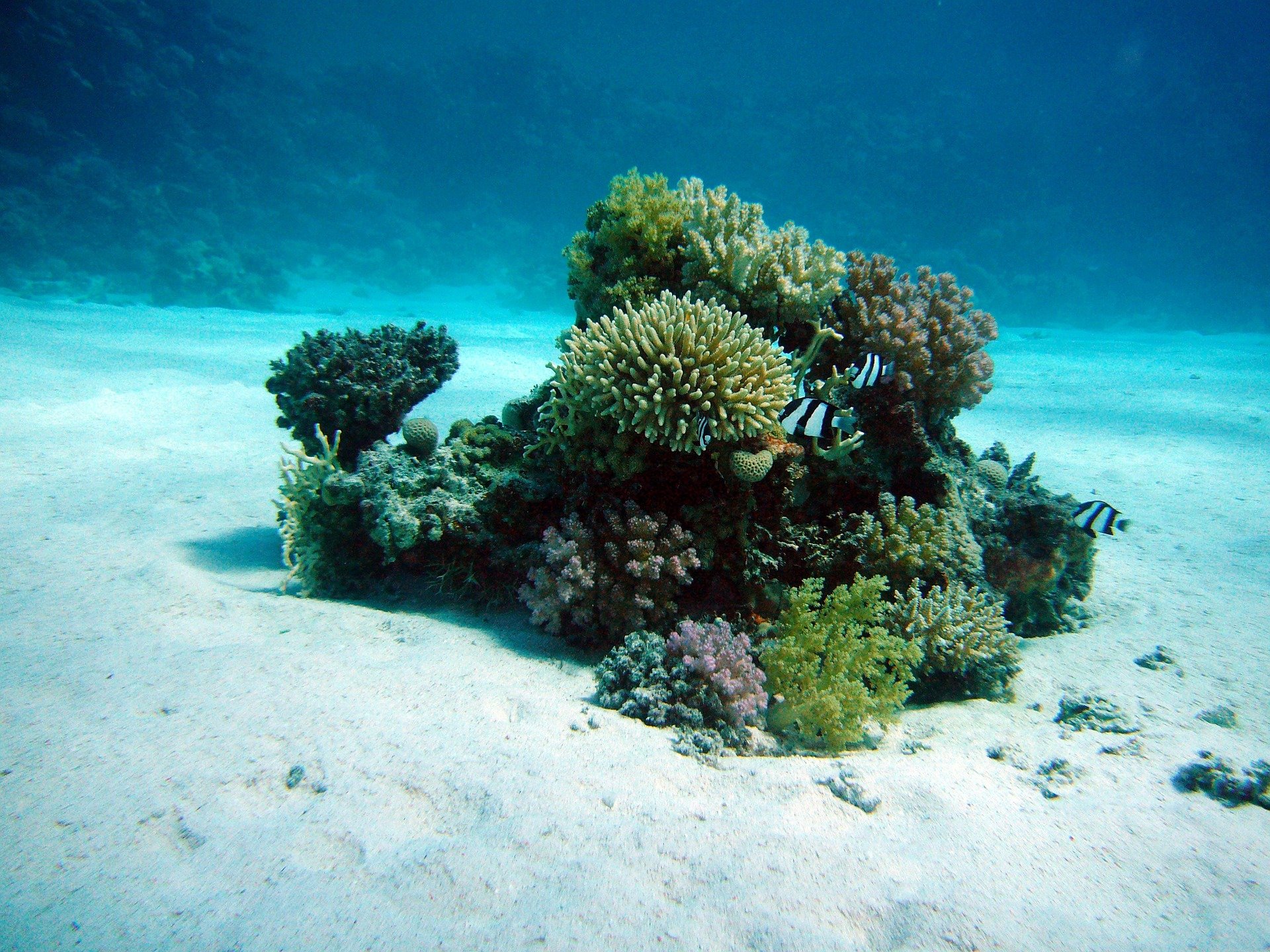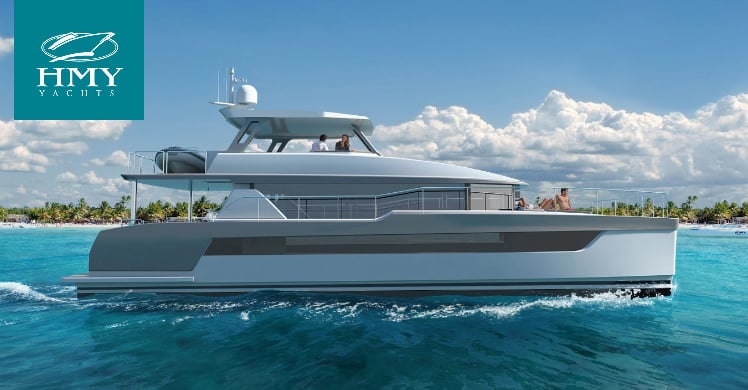Exploring the Ocean: All About ROVs
Remotely Operated Vehicles (ROVs) are underwater machines that are controlled by someone above the water’s surface. These vehicles allow divers, scientists, and researchers to explore underwater areas that were previously out of reach. As ROVs continue to evolve and become more popular, people have found many different uses for these amazing pieces of equipment. ROVs allow anyone to explore our oceans, lakes, and rivers from the safety of a boat or the shore.
Introduction
ROVs are unmanned underwater vehicles that are connected to a ship or operator by long cables and tethers. These cables and tethers provide the ROV with power and transmit commands from the operator through the use of simple joysticks and toggle switches. Most ROVs come equipped with cameras that allow the operator to explore underwater areas safely or for prolonged periods of time. Every ROV is designed and built with a certain job in mind. While some smaller ROVs may only come with video feed, some larger models also come equipped with specialized tools to help divers complete jobs with minimal risk. From oil rigs to river dams, divers often find themselves in precarious situations. Because the underwater vehicle is controlled remotely, if something goes wrong, a piece of equipment may be lost, rather than someone’s life. Strong currents, tight spaces, and freezing water temperatures are just a few of the conditions that can put a diver’s life in danger. ROVs keep divers safer by minimizing the time they need to stay in the water or by keeping them out of the water altogether when the ROV can fix the problem itself. Ultimately, ROVs save lives and allow us to research underwater areas for longer than any human is safely capable of.
Remotely Operated Underwater Vehicles (ROVs)
ROVs come in many different designs and sizes, each equipped with the tools needed to fulfill a certain job or purpose. ROVs are divided into different classes based on their size. These classes vary but typically include work class, light or mid-size work class, observation class, and micro or mini class. As the name suggests, the micro-class ROV is the smallest underwater vehicle typically used to inspect shallow waters or hard-to-reach places. These vehicles can be as small as a book, allowing them to get into tight spaces that people may not be able to reach. Observation class vehicles are relatively small ROVs equipped to explore rivers, lakes, and coastal waters. These are often used to find problems and determine how safe an area is prior to divers entering the water. Light work class, also known as mid-size vehicles, can weigh between 200-2,000 lbs. and have longer cables for deeper underwater exploration. Lastly, work class ROVs are the largest and heaviest remotely operated vehicles. They have enough power to be equipped with several tools and can explore deeper than any other ROV.
History
The first unmanned underwater vehicle was developed by Dimitri Rebikoff in 1953 as a tethered adaptation of the diving scooter he created the year prior. While he made it possible for scientists to take pictures underwater, it wasn’t until 1961 when the U.S. Navy created the Cable-Controlled Underwater Research Vehicle (CURV) that ROVs became popular and a focus for technological advancement. The Navy’s successful use of ROVs to recover sunken ordinances at the sea floor is why they are often credited with the wave of interest and advancements in sea exploration. Over the next twenty years, several more ROVs were built. Although 17 of the meager 20 ROVs available were owned and operated by the government, by 1983 there were around 500 available and many were owned privately or commercially. This number continued to grow with over 3,000 being built worldwide by 1998. Although many early ROVs were used for industrial or military purposes, today remote underwater vehicles come in all shapes and sizes with a wide range of uses.
How it Works
Remotely Operated Vehicles are controlled by an operator who is above the water. This person is often located on a ship or near the drop-off point in shallow waters or rivers. A reinforced cable runs from the ROV to an energy source. These cables serve both as a way of powering the vehicle and transferring communications from the operator to the machine. The movement of the ROV is controlled by thrusters that can move the vehicle in all directions at varying speeds, depending on the size of the vehicle and the energy source, equipment, and environmental conditions. On the ship, rig, or shore, operators control the ROV’s movement and cameras from a safe distance by manipulating joysticks and using toggle switches. While smaller ROVs can be released and retrieved by hand, larger vehicles may need wenches or special equipment to transfer the underwater vehicle to its drop-off point and to pull it back onto the ship.
Various Uses of ROVs
ROVs are useful tools that perform underwater tasks and have captured the attention and imaginations of everyone from scientists, police forces, and military operatives to seafloor surveyors and everyday hobbyists. For police and military forces, ROVs are useful tools in search missions, criminal investigations, and monitoring underwater training exercises. Scientists and surveyors are able to use the ROV’s video feed and sonar equipment to map sea floors and observe marine life. Because the ROV is tethered to an energy source above water, vehicles can stay in an area for extended periods of time, or even days if conditions allow. This provides scientists with ample video footage to observe plants, animals, and physical environments, which can lead to new discoveries or breakthrough research. Although work class and light work class ROVs can cost anywhere from $15,000 to $250,000, smaller ROVs can be found in stores for only a few hundred dollars and make a more affordable option for hobbyists. For hobbyists interested in creating their own ROV, there are plenty of videos and step-by-step guides to help you create your own underwater vehicle using materials you can find at most hardware stores.

